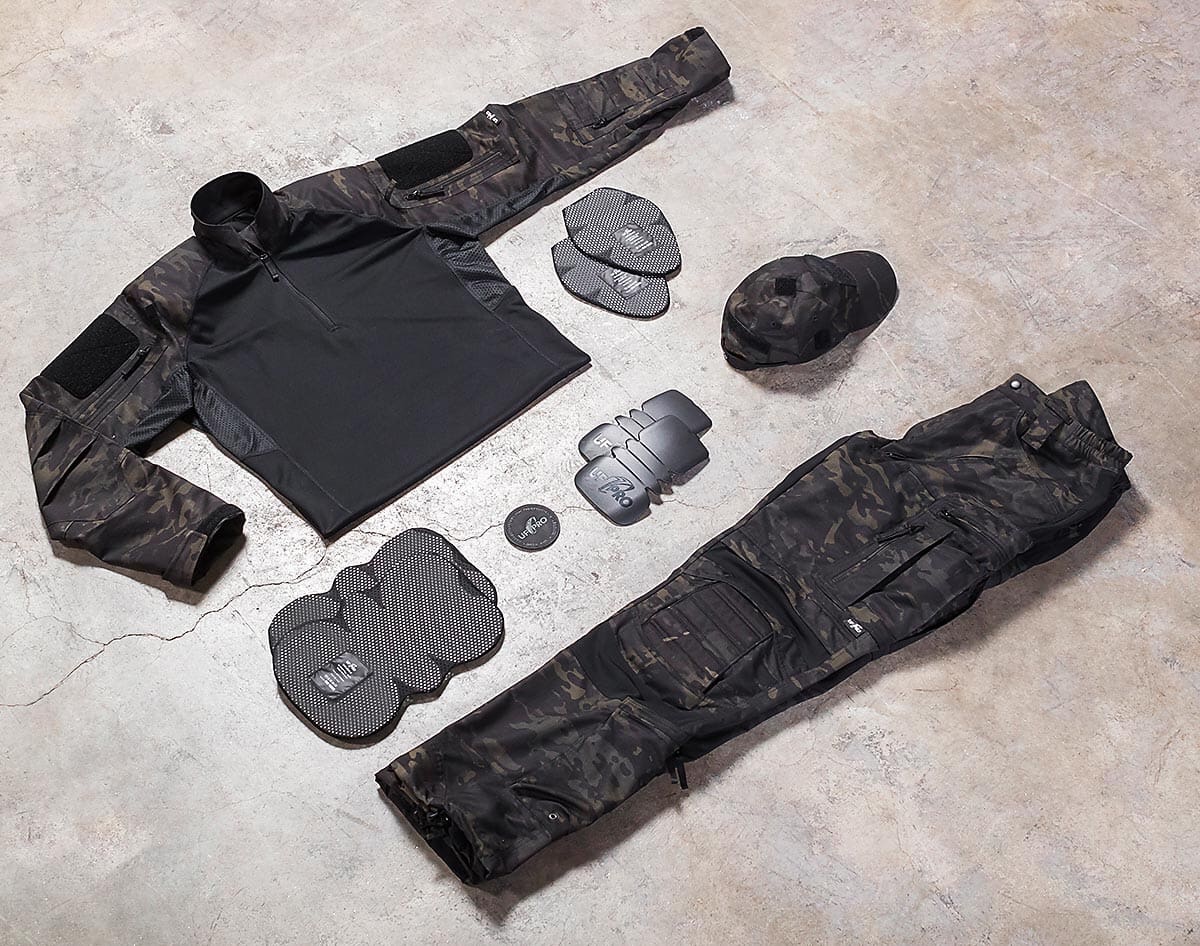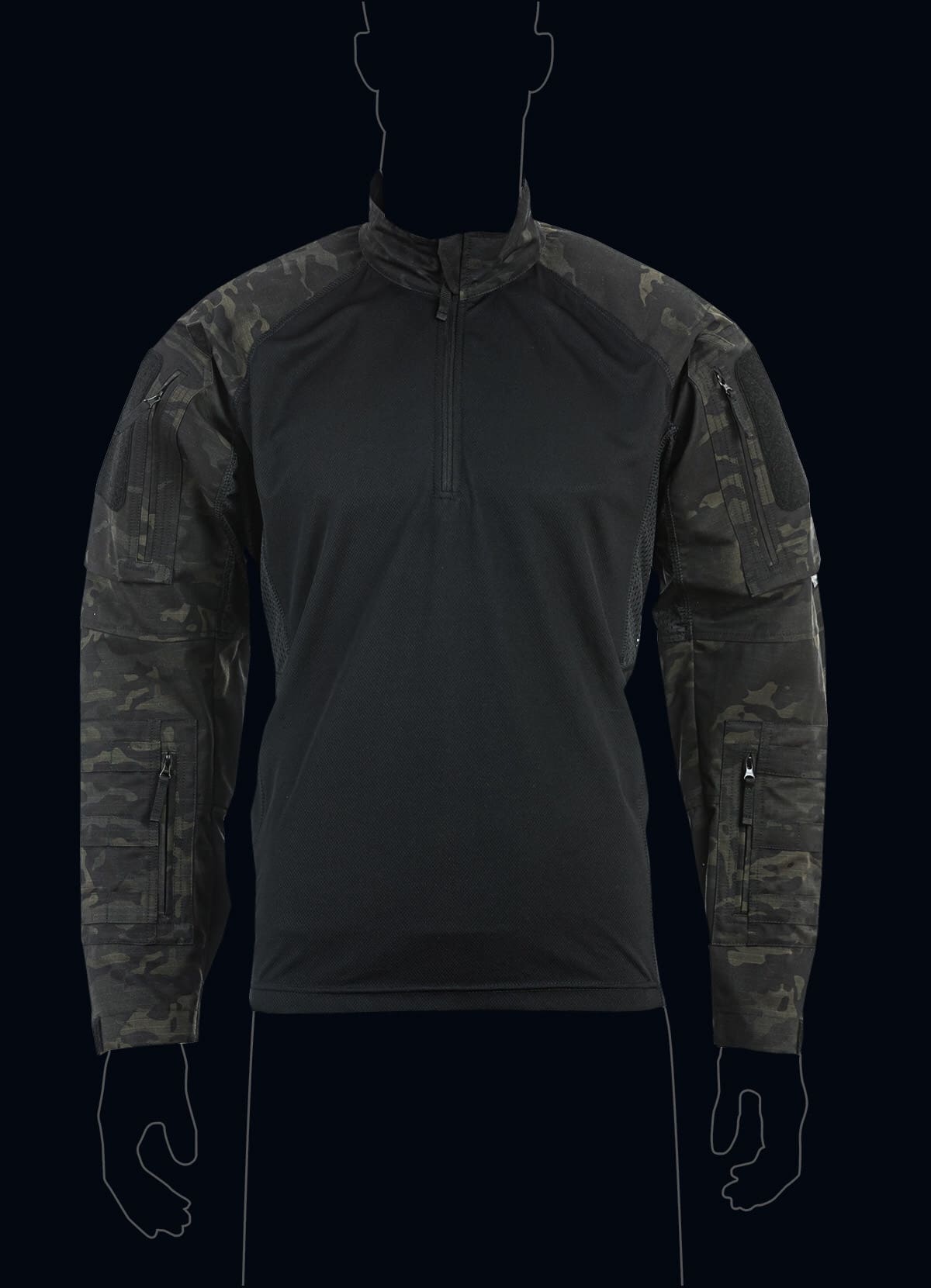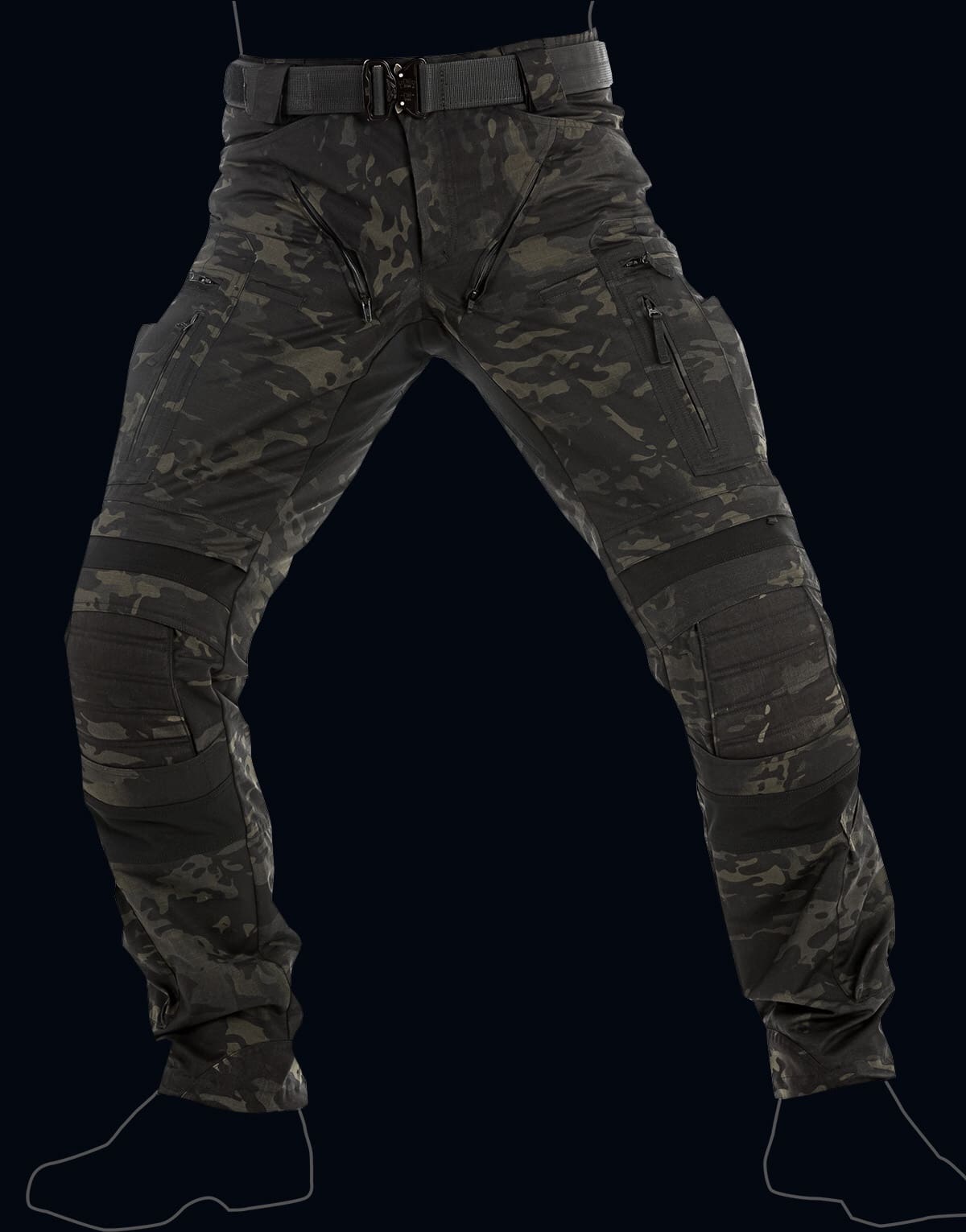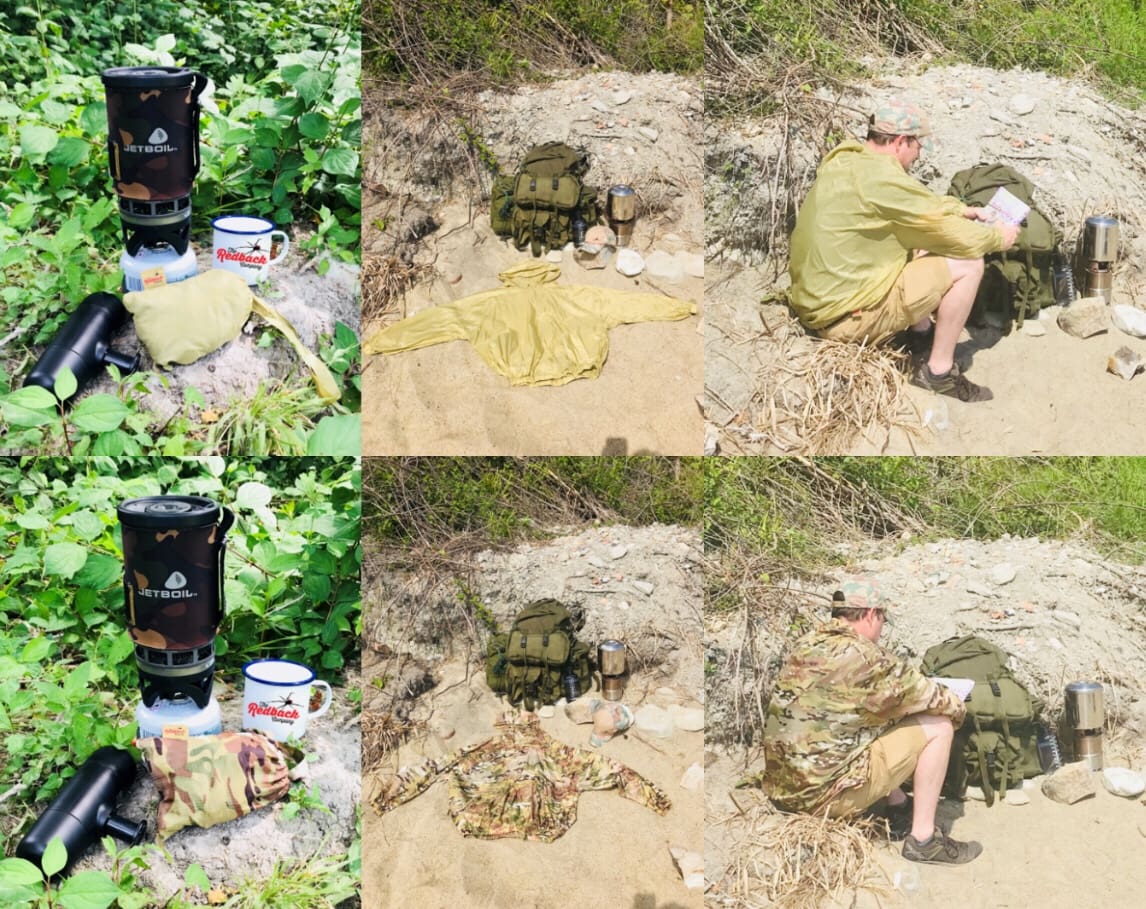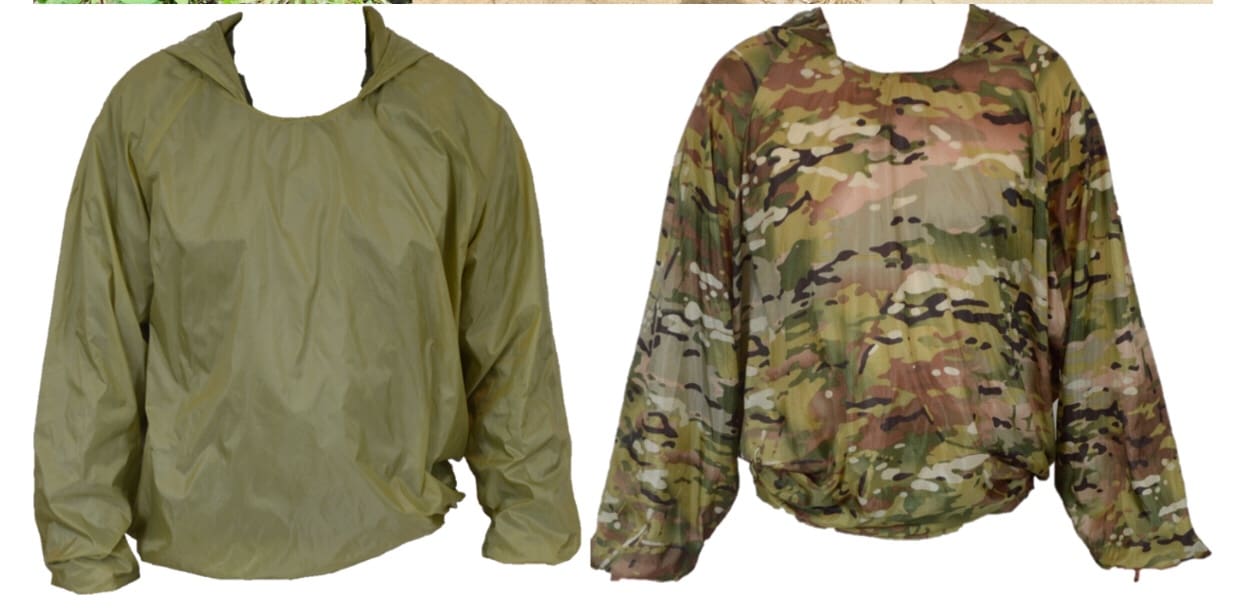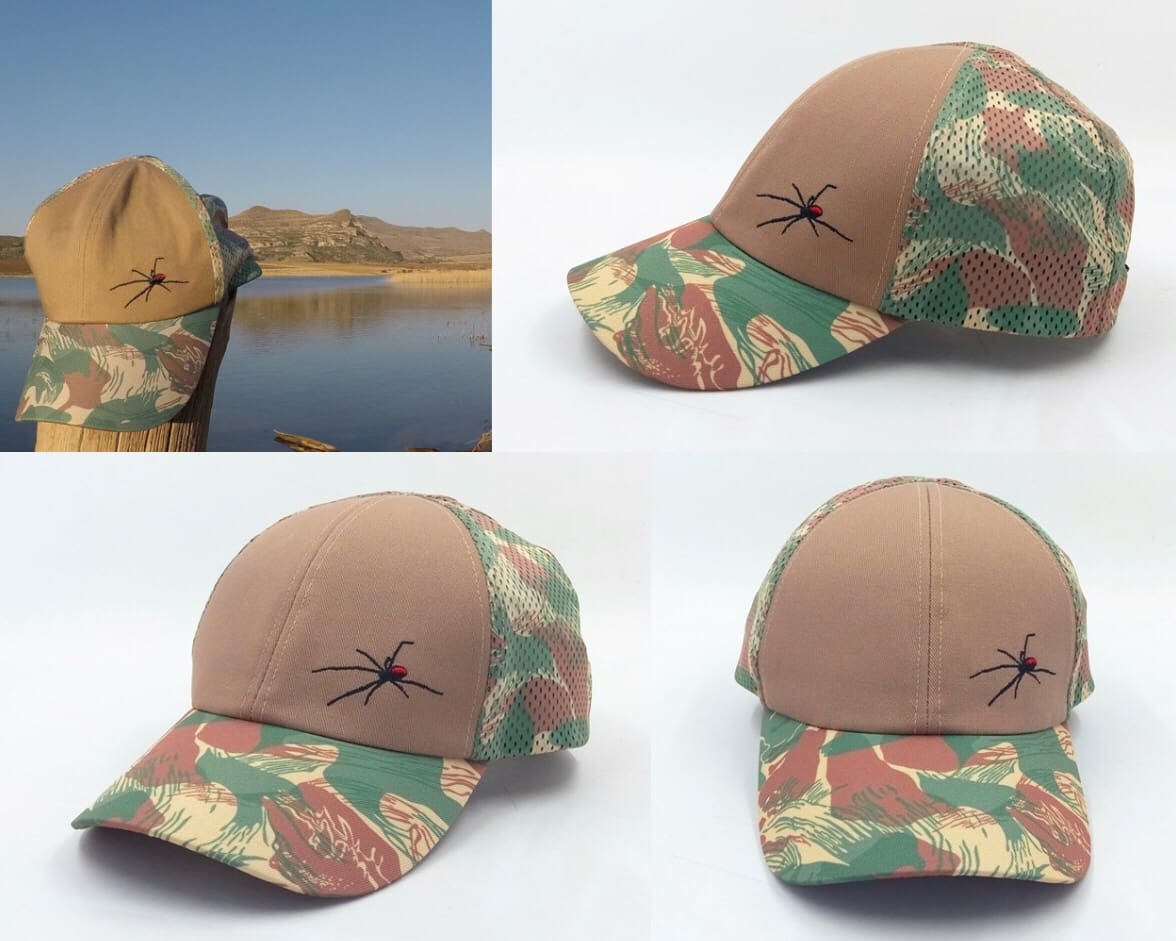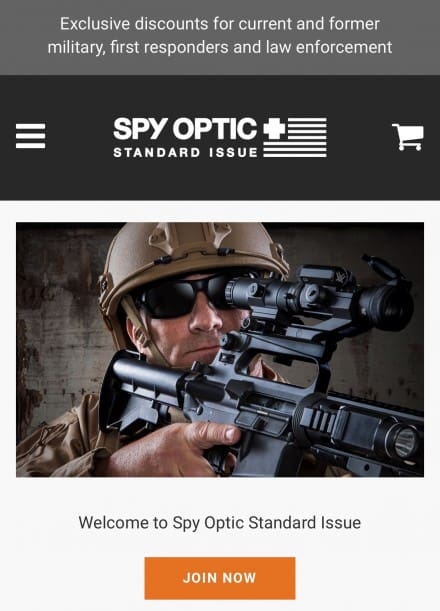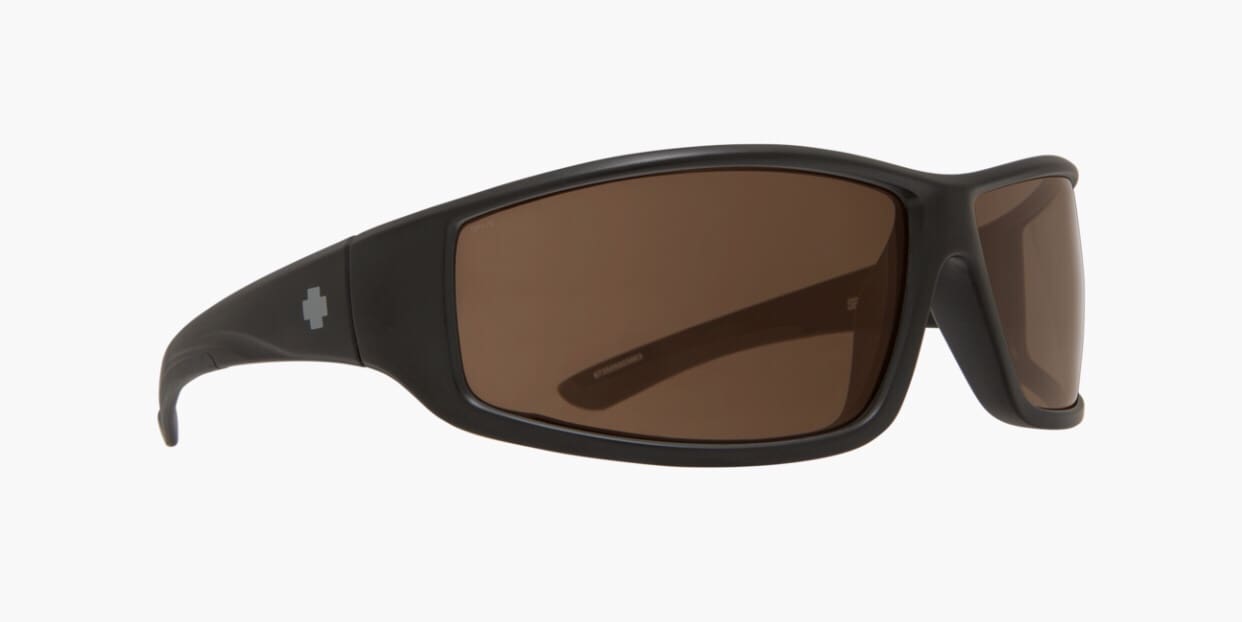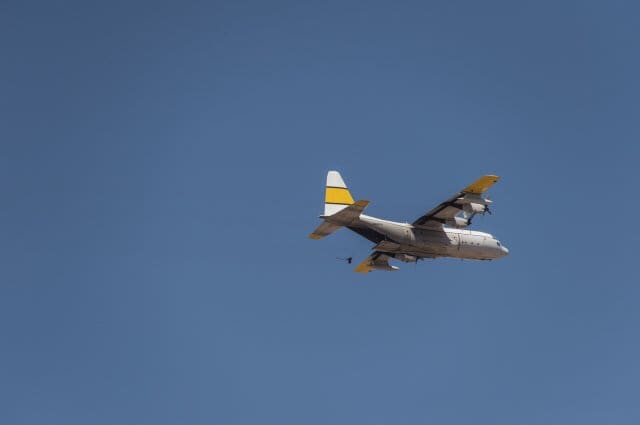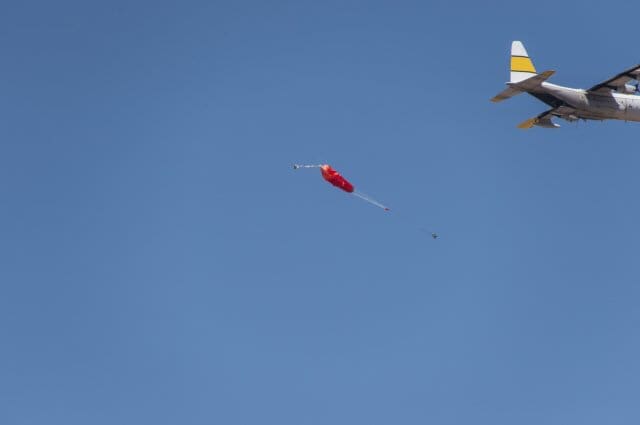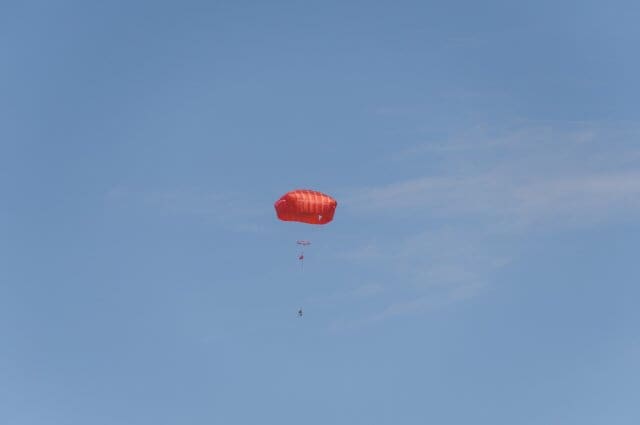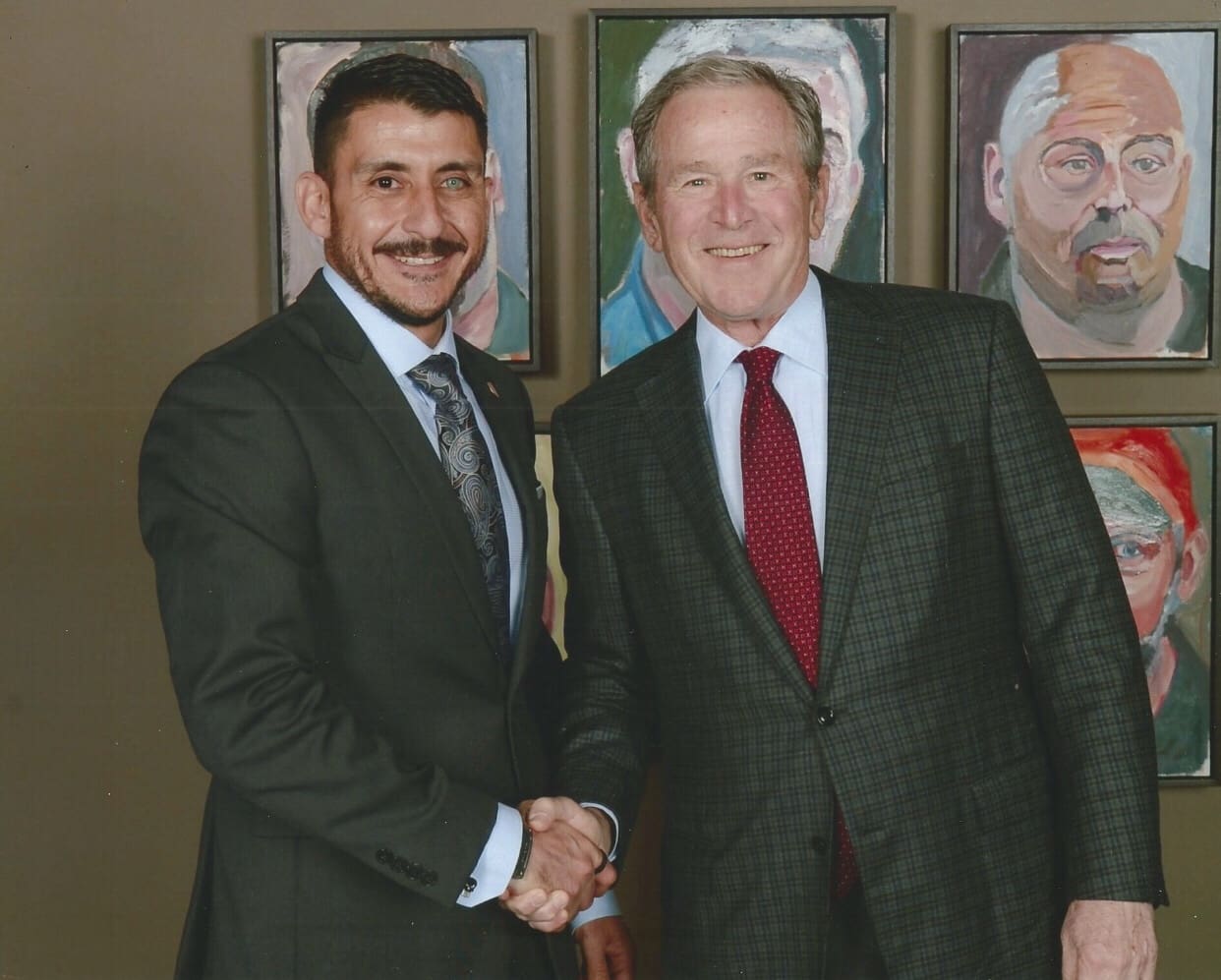
The non-profit foundation welcomes new board members, staff, advisors, ambassadors and architectural partner with expertise in government, defense, investment, foundation, retail industries as well as building and plans.
WASHINGTON, D.C., August 13, 2018 – The Global War on Terror (GWOT) Memorial Foundation, the congressionally-designated non-profit foundation tasked with organizing, fundraising and coordinating efforts to build a new memorial on the National Mall in Washington, D.C., today announced new board of directors, staff, advisory board members, ambassadors and architectural partner, including naming former President George W. Bush as its Honorary Chairman.
“I’m honored to join my friend, President and CEO Michael “Rod” Rodriguez, and the Members of the Board as Honorary Chairman of the Global War on Terror Memorial Foundation,” said President George W. Bush. “The highest honor of the presidency was serving as Commander in Chief of our Armed Forces. And my most solemn duty was to support them and honor them. Laura and I are pleased that this memorial on the National Mall will help Americans remember the brave men and women who selflessly served our nation in the name of freedom.”
Since leaving office, President Bush has championed efforts to support GWOT veterans and their families through the Military Service Initiative at the George W. Bush Institute. They work to help post-9/11 veterans and their families make successful transitions to civilian life, specifically by addressing the challenges of employment and overcoming the invisible wounds of war. Core programs of the Military Service Initiative include a partnership with the U.S. Chamber of Commerce called the Veteran Employment Transition Roadmap and the Warrior Wellness Alliance, which connects peer-to-peer veteran networks with best-in-class health care providers. Annual Team 43 sporting events, such as the Bush Institute Warrior Open golf tournament and W100K mountain bike ride, draw attention to the strength, sacrifice and resilience of post-9/11 warriors and their families.
“We’re humbled and honored to welcome President Bush to the Global War on Terror Memorial Foundation,” said Michael “Rod” Rodriguez, CEO of the GWOT Memorial Foundation. “Having served under President Bush when I wore the uniform and then working on his Military Service Initiative Advisory Council after my time on active duty, I’ve witnessed firsthand the dedication, compassion and true servant leadership the former President displays at all times. I am blessed to welcome him to the GWOT Memorial Foundation team not only as our Honorary Chairman but as a friend.”
“Our new Board Members, Staff, Advisors and Ambassadors bring a wealth of experience and expertise as well as share in the President’s passion and commitment to build a national memorial that honors GWOT veterans, their families and the American people. We’re confident that their leadership and experience will strengthen the organization and inspire others to support our sacred duty to build a national memorial on America’s front yard as our GWOT Memorial Foundation team continues to grow,” continued Rod.
Over the months ahead, the GWOT Memorial Foundation is focused on advocating for land within the National Mall in Washington, D.C. To prepare for this next step toward successful accomplishment of the mission, the organization is welcoming several new board of directors, advisory board members and ambassadors as the organization continues its growth. The full list of new members is as follows:
The GWOT Memorial Foundation welcomes the following new members:
New Board of Director Members:
• Kenneth A. Hersh, President and Chief Executive Officer, George W. Bush Presidential Center
• Joseph M. DePinto, President and Chief Executive Officer, 7-Eleven, Inc.
• Colonel Michael Lacey, USA, Retired. GWOT Veteran, Special Counsel to the U.S. Army General Counsel and Blue Star Father
New Director of Operations:
• Kelly L. Rodriguez, USA, Retired. GWOT Veteran, Blue Star Mother
New Board of Advisor Members:
• General Peter Pace, USMC, Retired. 16th Chairman of the Joint Chiefs of Staff
• The Honorable Martha E. Newton, Founder, Heath Strategies
• Command Sergeant Major Isaia Vimoto, USA, Retired. GWOT Veteran, Gold Star and Blue Star Father
• Colonel Miguel Howe, USA, Retired. GWOT Veteran, April and Jay Graham Fellow of the Military Service Initiative at the George W. Bush Institute
• John “JJ” Pinter, GWOT Veteran, Executive Director of Team RWB
• James Fisher, Executive Director of the Korean War Veterans Memorial Foundation
• Kevin Sullivan, Founder of Kevin Sullivan Communications, Inc. and Sr. Advisor, External Affairs at George W. Bush Presidential Center
New Ambassadors:
• Flo Groberg, Captain, Retired. GWOT Veteran, Medal of Honor Recipient
• Jane Horton, Gold Star Spouse, Senior Advisor in the Office of the Secretary of Defense
• Maggie Duskin, Gold Star Spouse and Blue Star Mother, Duskin Stephens Executive Board
• Bryon Vincent, USA, Retired. GWOT Veteran, Blue Star Spouse
• Brendan Dignan, GWOT Veteran and attorney with Baker Botts LLP, counsel to the foundation
Architectural Partner:
• Winstanley Architects and Planners
To learn more about the GWOT Memorial Foundation or to donate, visit gwotmf.org or follow the Foundation on Twitter, Facebook, LinkedIn and Instagram.
(photo credit Grant Miller Photography)

